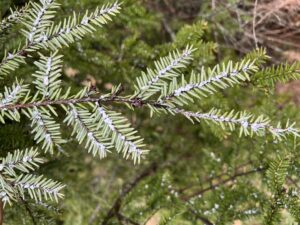
New Research Shows Canopy Gaps Promote Hemlock Health as New Management Tool
The hemlock woolly adelgid is an enemy of hemlock forests and has been for years. Native to Asia and …


El inglés es el idioma de control de esta página. En la medida en que haya algún conflicto entre la traducción al inglés y la traducción, el inglés prevalece.
Al hacer clic en el enlace de traducción se activa un servicio de traducción gratuito para convertir la página al español. Al igual que con cualquier traducción por Internet, la conversión no es sensible al contexto y puede que no traduzca el texto en su significado original. NC State Extension no garantiza la exactitud del texto traducido. Por favor, tenga en cuenta que algunas aplicaciones y/o servicios pueden no funcionar como se espera cuando se traducen.
Inglês é o idioma de controle desta página. Na medida que haja algum conflito entre o texto original em Inglês e a tradução, o Inglês prevalece.
Ao clicar no link de tradução, um serviço gratuito de tradução será ativado para converter a página para o Português. Como em qualquer tradução pela internet, a conversão não é sensivel ao contexto e pode não ocorrer a tradução para o significado orginal. O serviço de Extensão da Carolina do Norte (NC State Extension) não garante a exatidão do texto traduzido. Por favor, observe que algumas funções ou serviços podem não funcionar como esperado após a tradução.
English is the controlling language of this page. To the extent there is any conflict between the English text and the translation, English controls.
Clicking on the translation link activates a free translation service to convert the page to Spanish. As with any Internet translation, the conversion is not context-sensitive and may not translate the text to its original meaning. NC State Extension does not guarantee the accuracy of the translated text. Please note that some applications and/or services may not function as expected when translated.
Collapse ▲
The hemlock woolly adelgid is an enemy of hemlock forests and has been for years. Native to Asia and …

Last month, we reached a milestone one year since spotted lanternfly was detected in North Carolina. The first active …
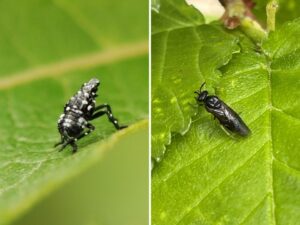
The warm weather seems to be here to stay and with that, last year’s new invasive insect arrivals are …

A new invasive insect has been spotted in North Carolina. In August 2022, the elm zigzag sawfly (Argidae: Aproceros leucopoda) …

The Bradford Pear Bounty is back! After a successful inaugural event in April, NC’s Bradford Pear Bounty is coming …
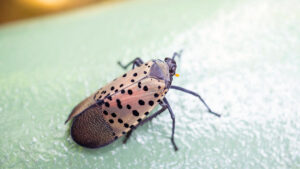
NC State Extension and North Carolina Department of Agriculture and Consumer Services experts have kept a wary eye to …

Similar to murder hornets in 2020, the Joro spider is having its five minutes of fame! Recent headlines across …

It’s hard not to love this time of year between the spectacle of fall colors and the reprieve of …
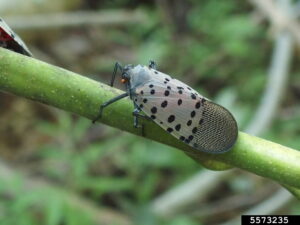
Note: On June 23, 2022 (6 months after this article was published), the spotted lanternfly was detected in North …
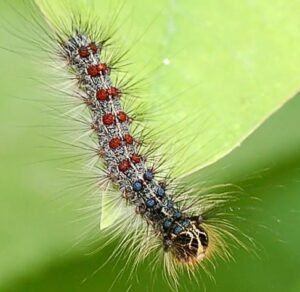
When we think of insects, rarely do we think, “Wow, look at that beautiful Danaus plexippus!” In both conversation …
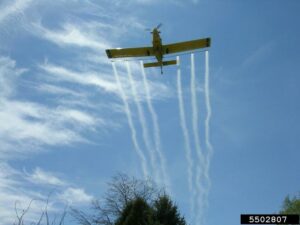
This month, the N.C. Department of Agriculture and Consumer Services is beginning treatments for Lymantria dispar (formerly known as ‘gypsy moth’) at …
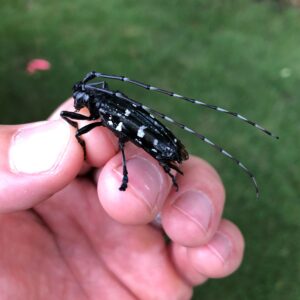
Original article written by Laura Oleniacz for NC State News, published May 25, 2021. If you’re planning to try to …
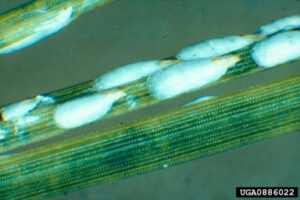
It’s not just baby birds that hatch from eggs each spring. In the next several weeks, pine needle scale …
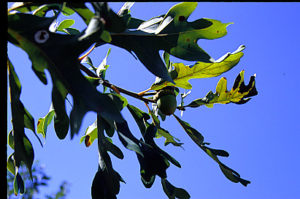
Recently, Extension agents and specialists have been receiving calls from folks in southeastern NC regarding oak trees dying or …

Hurricanes, heavy storms, tornadoes, and other similar natural disasters can lead to problems with a variety of insects and vertebrate …
August 1, 2014 North Carolina Forest Service Contact: Robert Trickel A new web site containing forest health maps has been developed by …
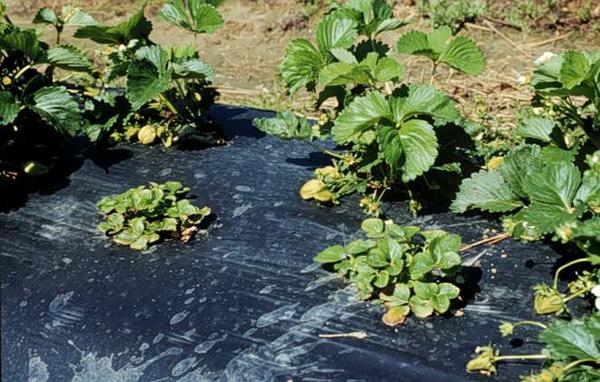
This publication offers information on phytoplasmas, organisms that multiply in the phloem of strawberry plants …
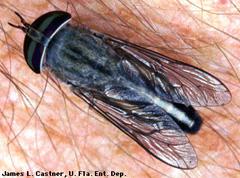
This Entomology Insect Note discusses identifying horse and deer flies and how to control them.
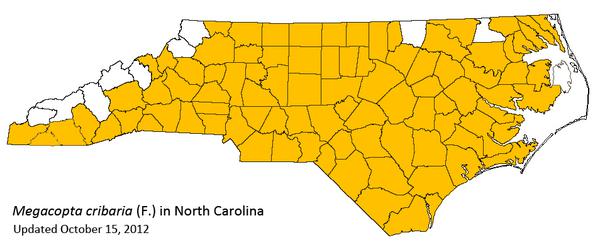
This Entomology Insect Note describes the identification, biology, behavior and control of the kudzu bug.
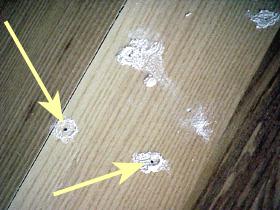
This insect note describes how to identify and control powderpost beetles and wood-attacking fungi.
This Entomology Insect Note discusses the steps to take before a pest management company arrives …
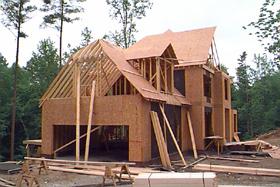
This entomology insect note discusses various methods for termite prevention in new home construction.
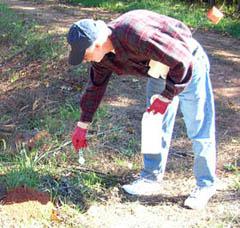
This Entomology Insect Note offers tips for baiting ants in an around homes.
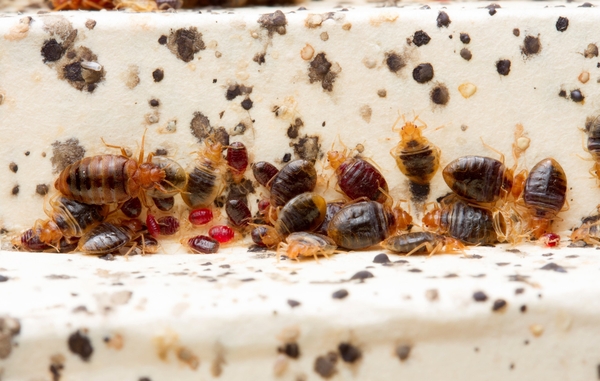
This Entomology Insect Note provides tips on preventing the spread of bedbugs.